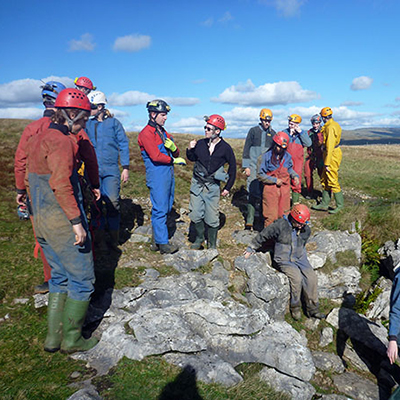So i'm pretty new to caving. I've done a few trips to some caves where SRT isn't required, and i'm looking into getting some training through clubs, but none seem to reply to emails.
But one question i have regarding SRT is how people retrieve their ropes/ krabs on a through trip?
Take for example county pot to lancaster hole, with a 7m pitch near the start, set up that, abseil down and continue through, would you then circle back around to retrieve it from the other enterance again? Or would you rig a retrievable abseil? Or would you just have to leave your kit there?
(County pot seems to have in situ ropes, but if it didn't, what would be the answer?)
But one question i have regarding SRT is how people retrieve their ropes/ krabs on a through trip?
Take for example county pot to lancaster hole, with a 7m pitch near the start, set up that, abseil down and continue through, would you then circle back around to retrieve it from the other enterance again? Or would you rig a retrievable abseil? Or would you just have to leave your kit there?
(County pot seems to have in situ ropes, but if it didn't, what would be the answer?)







